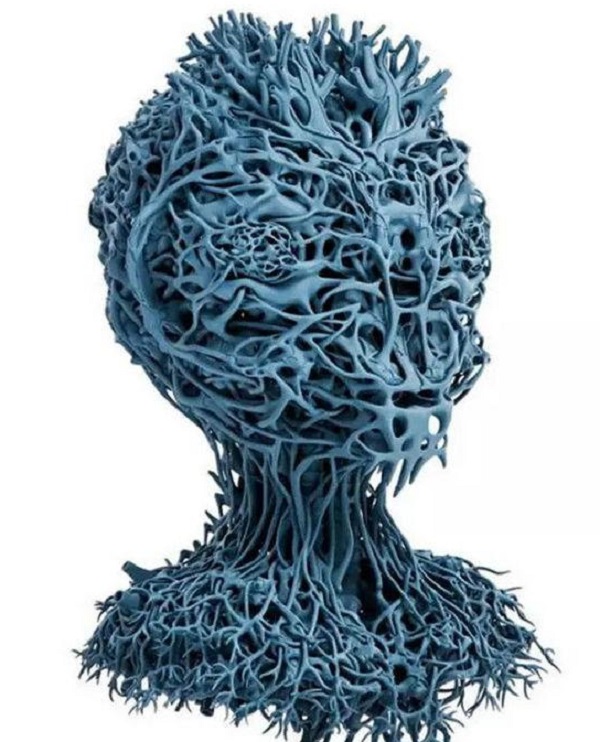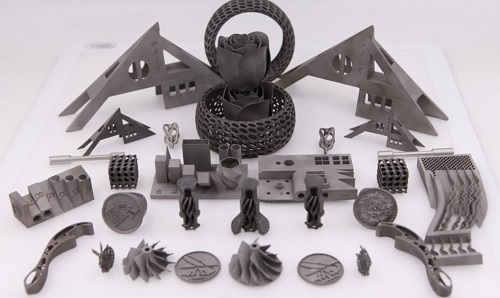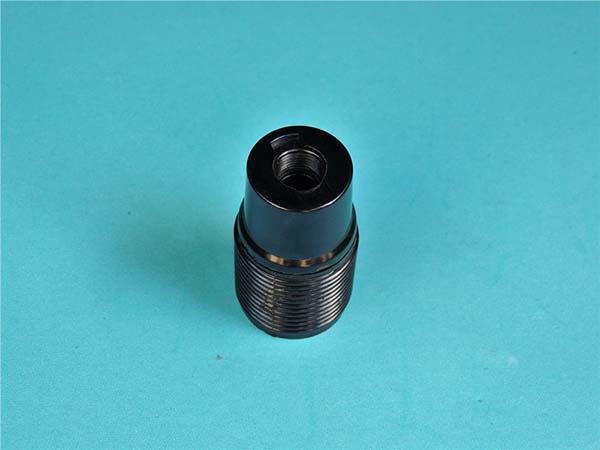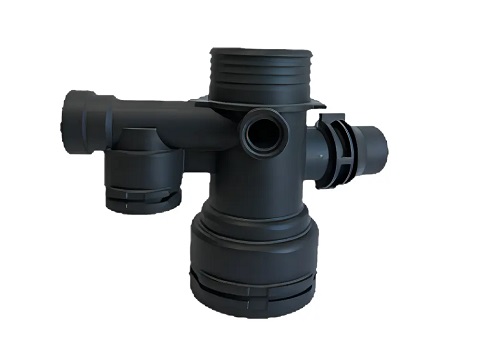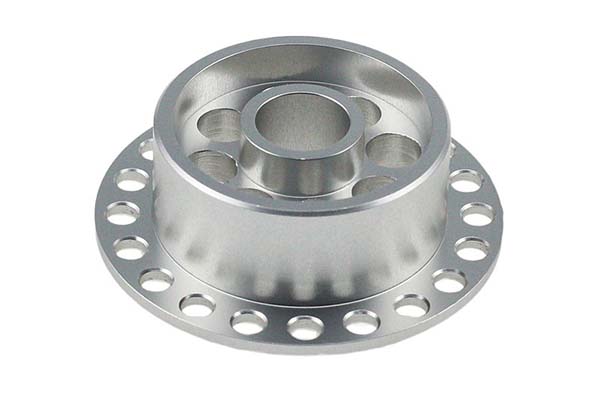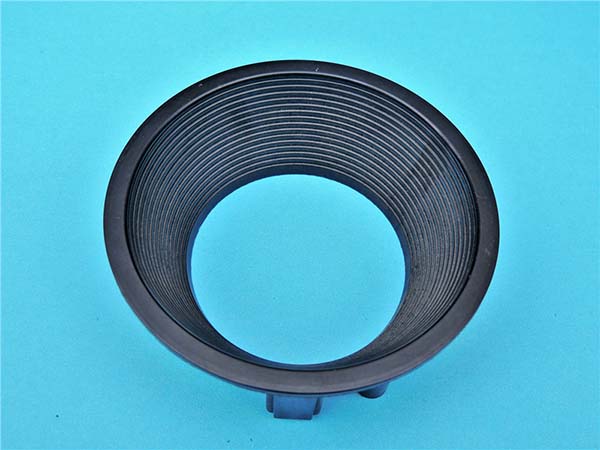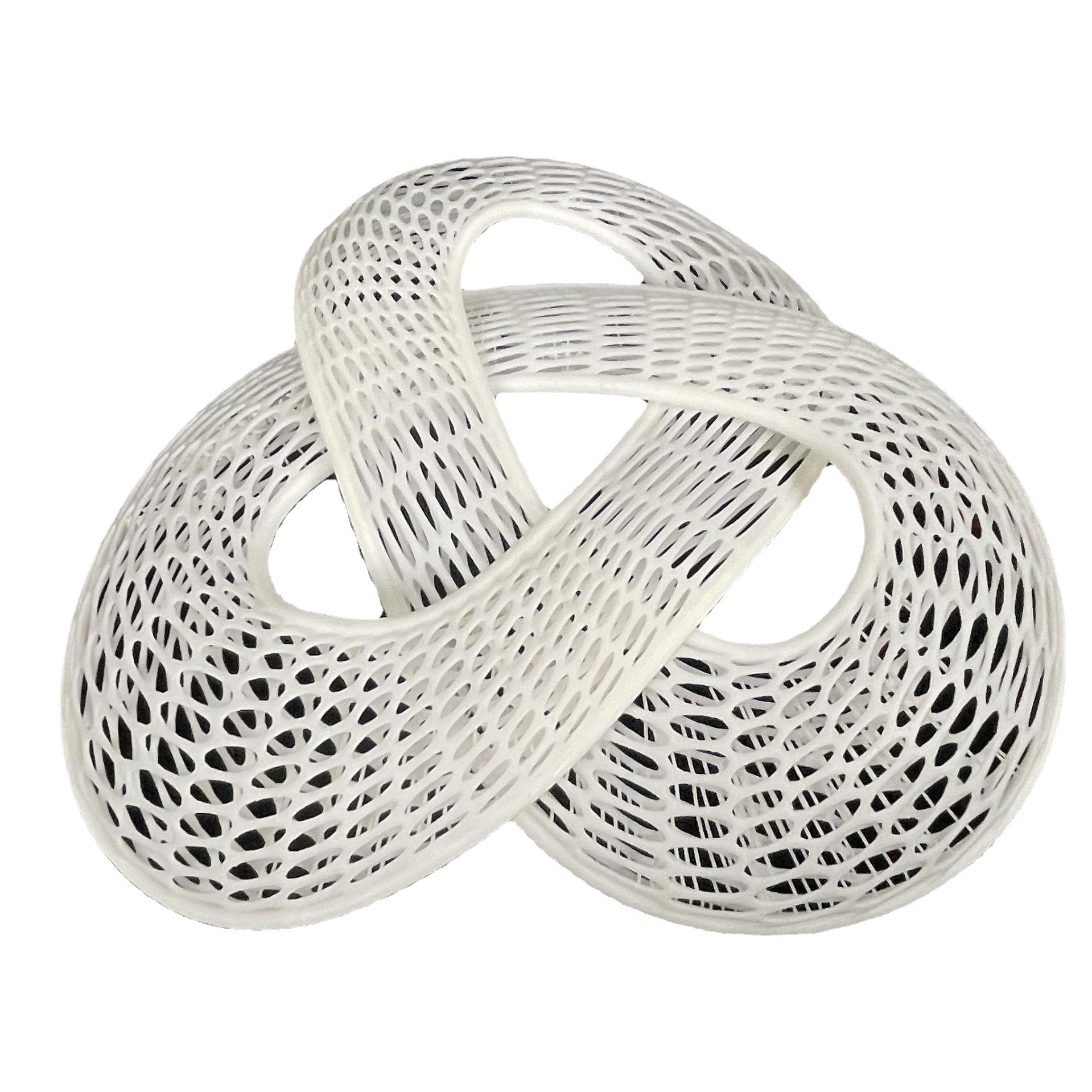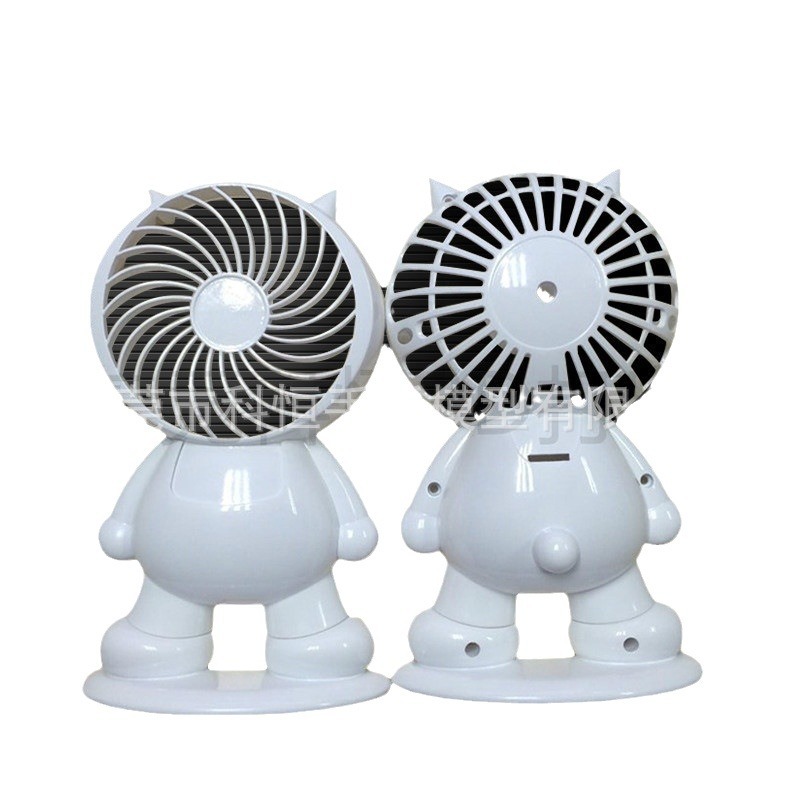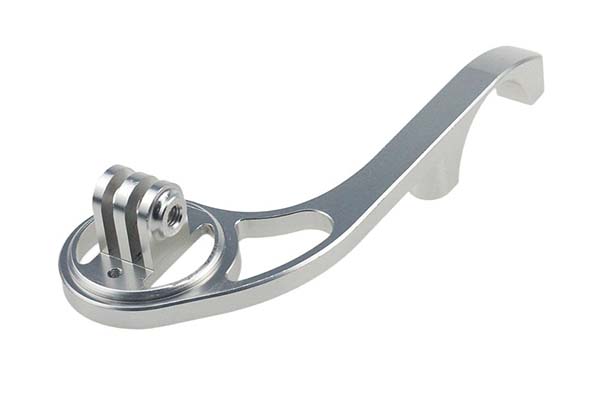1. Introduction
Have you ever wondered how 3D printing additive manufacturing process can revolutionize your product manufacturing? 3D printing, also known as additive manufacturing, is a revolutionary technology that has been making waves across various industries in recent years. This innovative process involves creating three - dimensional objects by layering materials based on a digital model.
Unlike traditional manufacturing methods that often rely on subtracting materials (such as cutting, milling, etc.), 3D printing additive manufacturing builds objects from scratch, layer by layer. This fundamental difference brings about a host of advantages that can solve many problems users face in product manufacturing. For example, in traditional manufacturing, complex geometries often require multiple steps and expensive molds, which can be time - consuming and costly. With 3D printing additive manufacturing process, these complex shapes can be created directly, reducing both time and cost.
The applications of 3D printing additive manufacturing are far - reaching, spanning from aerospace and automotive industries to healthcare and even consumer goods. In the following sections, we will delve deeper into the working principle of this technology, its numerous advantages, common materials used, different types of 3D printing processes, applications in various fields, as well as the challenges it faces and future prospects.
2. Principle of 3D Printing Additive Manufacturing Process
2.1 Basic Principle
The 3D printing additive manufacturing process mainly consists of the following key steps:
- Three - Dimensional Modeling: The first step is to create a 3D digital model of the object you want to print. This can be done using computer - aided design (CAD) software. For example, engineers use professional CAD software like SolidWorks or AutoCAD to design complex mechanical parts with precise dimensions. Artists may use 3D modeling software such as Blender or Maya to create unique sculptures or product prototypes.
- Slice Processing: After obtaining the 3D model, it needs to be sliced into numerous thin layers. Specialized slicing software, such as Cura or Simplify3D, is used for this purpose. The slicing software determines the thickness of each layer (usually ranging from 0.1mm to 0.4mm, with thinner layers resulting in higher - quality prints but longer printing times). It also generates a toolpath that the 3D printer will follow during the printing process.
- Physical Transformation (Printing): The 3D printer reads the sliced data and starts depositing materials layer by layer according to the toolpath. The printer can use various materials depending on the type of 3D printing technology, such as plastic filaments in Fused Deposition Modeling (FDM) or liquid resin in Stereolithography (SLA). For instance, in an FDM printer, the plastic filament is melted and extruded through a nozzle to form each layer.
- Post - processing: Once the printing is complete, post - processing steps are often required. This may include removing support structures (if any), sanding, polishing, painting, or heat - treating the printed object. For example, printed metal parts may need to be heat - treated to improve their mechanical properties, and parts with rough surfaces may be sanded and polished to achieve a smooth finish.
2.2 Key Technologies Involved
- Fused Deposition Modeling (FDM): FDM is one of the most common 3D printing technologies, especially for desktop 3D printers. In FDM, a thermoplastic filament is fed into an extruder. The extruder heats the filament above its melting point and then extrudes it through a nozzle. The nozzle moves in the X, Y, and Z directions according to the sliced data, depositing the melted plastic layer by layer. Popular materials for FDM include Polylactic Acid (PLA) and Acrylonitrile Butadiene Styrene (ABS). PLA is biodegradable and has a relatively low melting point, making it easy to print, while ABS is more durable and heat - resistant.
- Stereolithography (SLA): SLA uses a laser to cure a liquid photopolymer resin. A vat is filled with the liquid resin, and a build platform is initially positioned just below the surface of the resin. The laser traces the cross - section of the object on the surface of the resin, curing it and creating the first layer. After each layer is cured, the build platform is lowered slightly, and a new layer of resin is spread over the previously cured layer. This process is repeated until the entire object is formed. SLA offers high - resolution prints and smooth surface finishes, making it suitable for applications such as jewelry design and dental models.
- Selective Laser Sintering (SLS): In SLS, a high - power laser is used to sinter powdered materials, such as plastic, metal, or ceramic powders. First, a thin layer of powder is spread evenly across the build platform. Then, the laser scans the cross - section of the object on the powder bed, melting and fusing the powder particles together. The un - sintered powder remains in place, providing support for the printed object during the process. Once a layer is completed, the build platform is lowered, and a new layer of powder is spread for the next iteration. SLS can produce parts with high strength and complex geometries, and it is often used in industrial applications, such as automotive and aerospace manufacturing.
3. Applications of 3D Printing Additive Manufacturing Process
3.1 Manufacturing
In the manufacturing industry, 3D printing additive manufacturing process has become an indispensable tool. It is widely used in rapid prototyping, customized parts production, and low - volume manufacturing.
Rapid Prototyping: Traditional prototyping methods often involve complex and time - consuming processes, such as mold making. For example, creating a prototype of a new smartphone case using traditional methods might take weeks due to the need to design and manufacture molds. With 3D printing additive manufacturing, a digital model can be quickly transformed into a physical prototype within a few hours. This significantly shortens the product development cycle, allowing companies to bring products to market faster. According to a study by Wohlers Associates, companies that adopted 3D printing for prototyping reduced their product development time by an average of 30 - 50%.
Customized Parts: Every product has its unique requirements, especially in industries like automotive and aerospace. 3D printing enables the production of customized parts that are tailored to specific needs. For instance, in the automotive industry, high - performance cars may require custom - designed engine components for better performance. 3D printing can produce these components with complex geometries, which are difficult to achieve through traditional manufacturing methods, at a relatively low cost.
Low - Volume Manufacturing: For small - scale production runs, 3D printing is a cost - effective solution. Traditional manufacturing methods often have high setup costs, making them less suitable for low - volume production. In contrast, 3D printing can start production immediately once the digital model is ready, without the need for expensive tooling. A small - scale electronics manufacturer can use 3D printing to produce a limited number of custom - designed circuit board enclosures, saving both time and cost.
3.2 Medical
The medical field has also benefited greatly from 3D printing additive manufacturing. It is used in the production of personalized prosthetics, dental models, and even bioprinting of tissues.
Personalized Prosthetics: Each amputee has different needs in terms of prosthetics. 3D printing allows for the creation of customized prosthetics that fit the individual's body shape and movement patterns precisely. For example, a child with an amputation can receive a lightweight, customized prosthetic limb that grows with them as they develop. The use of 3D - printed prosthetics has increased significantly in recent years, with the global 3D - printed prosthetics market expected to reach $59.3 million by 2027, according to a report by MarketsandMarkets.
Dental Models: In dentistry, 3D - printed dental models are used for diagnosis, treatment planning, and the production of dental appliances. A dentist can create a highly accurate 3D model of a patient's teeth using 3D scanning and printing technology. This model helps in planning complex dental procedures, such as orthodontic treatments or dental implant placements, more effectively.
Bioprinting of Tissues: Although still in the research and development stage, bioprinting using 3D printing technology shows great promise. Scientists are working on printing living tissues, such as skin, cartilage, and even organs. This could potentially solve the problem of organ shortages for transplantation in the future. For example, 3D - printed skin can be used for treating burn patients, reducing the risk of infection and promoting faster healing.
4. Yigu Technology's View
As a non - standard plastic metal products custom Supplier, Yigu Technology firmly believes in the vast potential of 3D printing additive manufacturing technology. This technology has a wide range of applications and can boost innovation across various industries.
For non - standard plastic and metal products, 3D printing additive manufacturing provides more flexibility in design and production. It allows for the creation of complex shapes that are difficult to achieve with traditional manufacturing methods. This means that Yigu Technology can better meet the unique needs of its customers. By using this technology, Yigu Technology aims to continuously explore its application in customized products, striving to improve product quality and production efficiency. They are committed to staying at the forefront of technological innovation to offer more high - quality customized solutions to the market.
5. FAQ
5.1 What materials can be used in 3D printing additive manufacturing?
A wide variety of materials can be used in 3D printing additive manufacturing. Metal materials like titanium alloy, aluminum alloy, stainless steel, and cobalt - chromium alloy are popular in aerospace, automotive, and medical industries. Titanium alloy, for example, with its high strength - to - weight ratio and excellent corrosion resistance, is used to make aircraft engine components. Plastic materials such as PLA (Polylactic Acid), ABS (Acrylonitrile Butadiene Styrene), and PETG (Polyethylene Terephthalate Glycol - modified) are common. PLA is biodegradable and easy to print, often used for making simple prototypes and household items. ABS is more durable and suitable for parts that require higher strength. Ceramic materials can be used to create high - temperature - resistant and wear - resistant products, such as ceramic molds and artistic handicrafts. Photocurable resins are used in SLA and DLP 3D printing technologies, enabling the production of high - precision parts like dental models and jewelry prototypes.
5.2 Is 3D printing additive manufacturing suitable for large - scale production?
Currently, 3D printing additive manufacturing is not entirely suitable for large - scale production. One of the main reasons is the cost factor. The materials used in 3D printing are often more expensive than traditional manufacturing materials, and the high - end 3D printing equipment also has a high purchase price. In addition, the printing speed is relatively slow. For example, printing a small plastic part may take several hours, while traditional injection molding can produce the same part in a matter of minutes. However, with the continuous development of technology, new high - speed 3D printing technologies are emerging, and the cost of materials and equipment is gradually decreasing. In the future, 3D printing may play a more important role in large - scale production, especially for products with complex geometries or customized requirements.
5.3 How to ensure the quality of 3D printed products?
To ensure the quality of 3D printed products, several measures can be taken. First, control the printing parameters carefully. Parameters such as layer thickness, printing speed, and temperature can significantly affect the quality of the final product. For instance, a too - thick layer may lead to poor surface quality, while an inappropriate temperature can cause warping or incomplete melting of the material. Second, select suitable materials according to the product's requirements. Different materials have different mechanical properties, and choosing the right one can ensure the product's performance. Third, perform post - processing steps, such as sanding, polishing, and heat - treating. These processes can improve the surface finish and mechanical properties of the printed parts. Finally, conduct quality inspection using techniques like dimensional measurement, surface roughness measurement, and mechanical property testing to ensure that the products meet the required standards.
